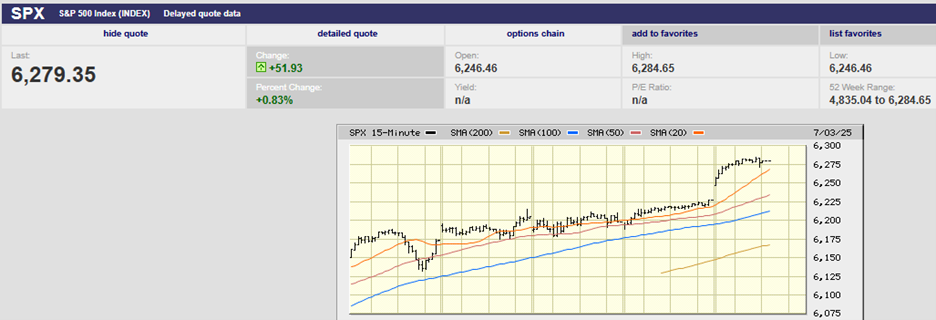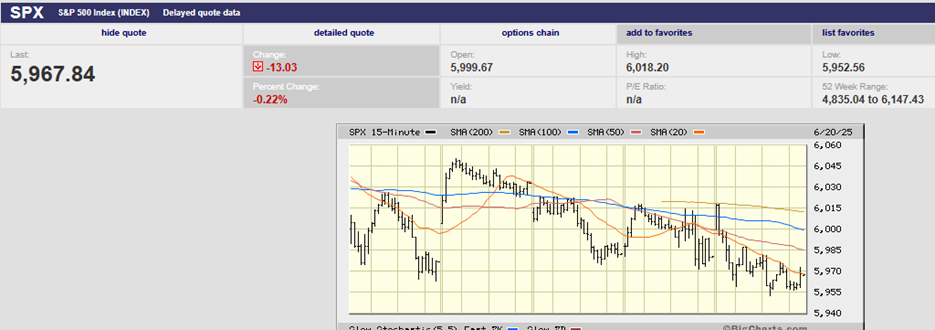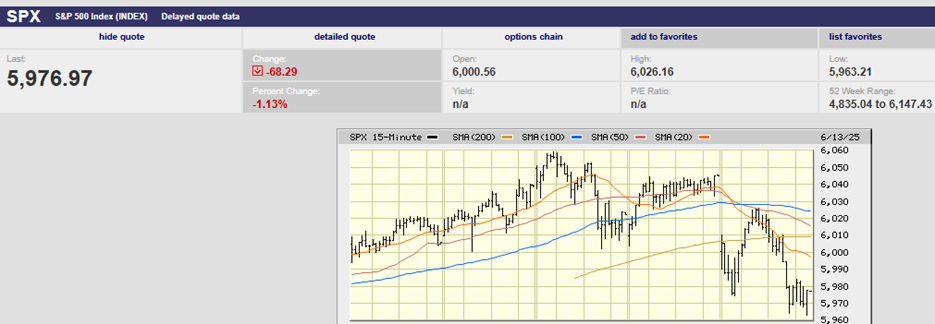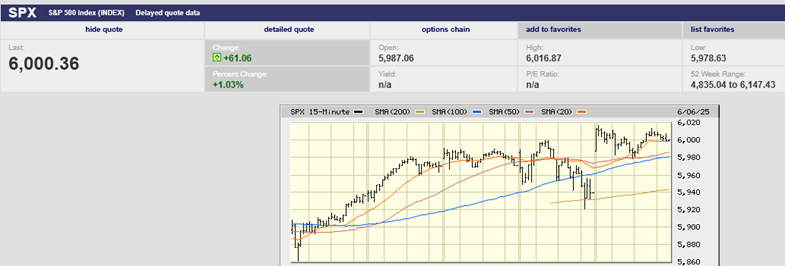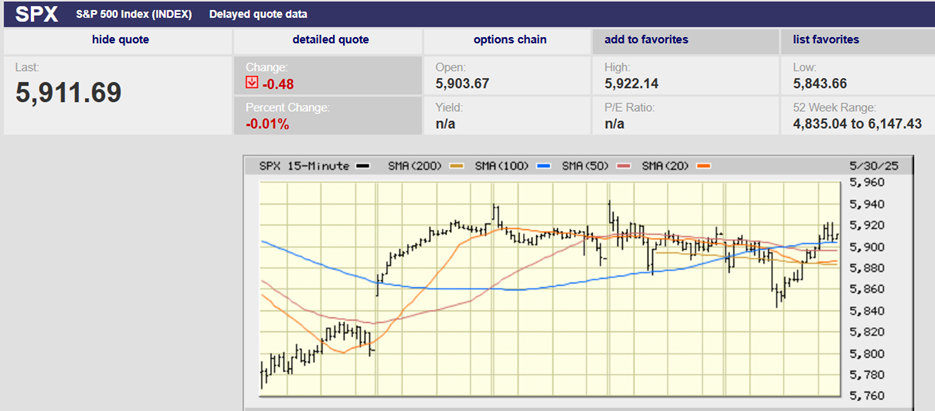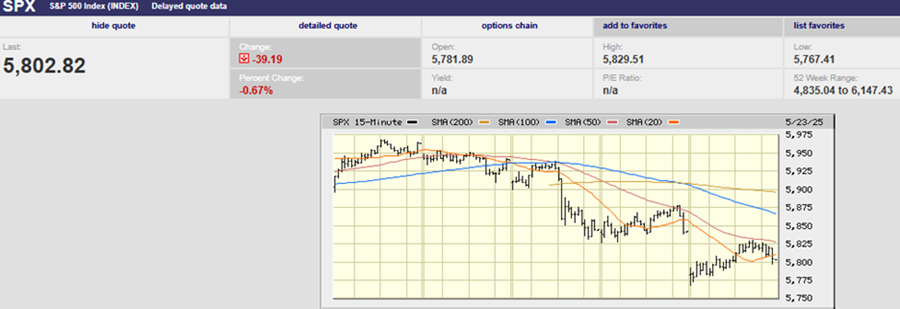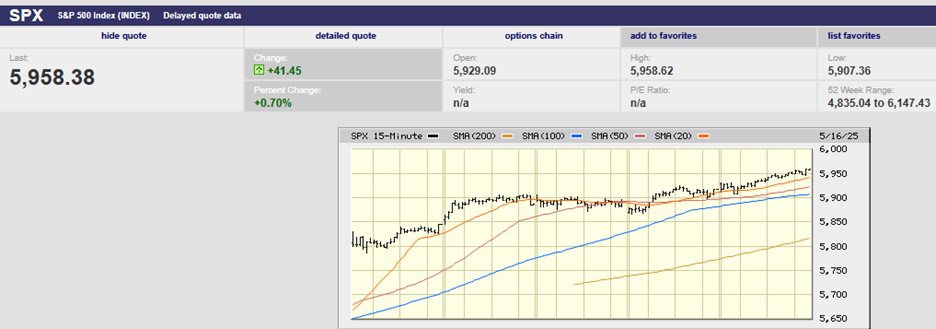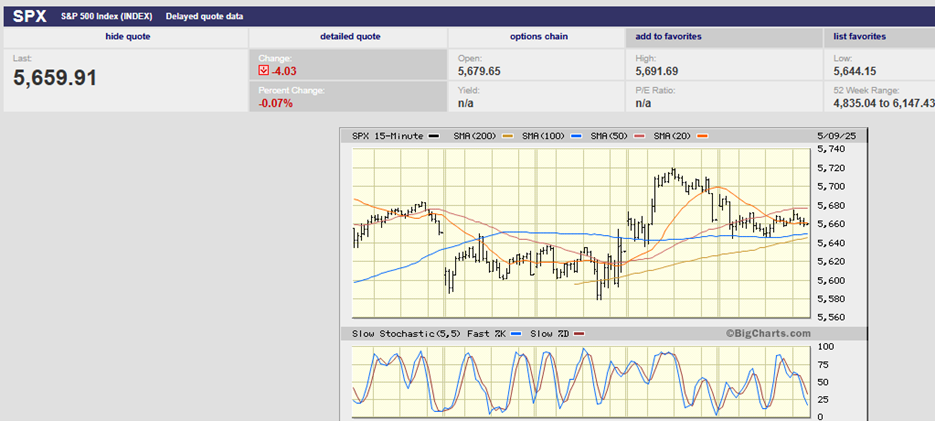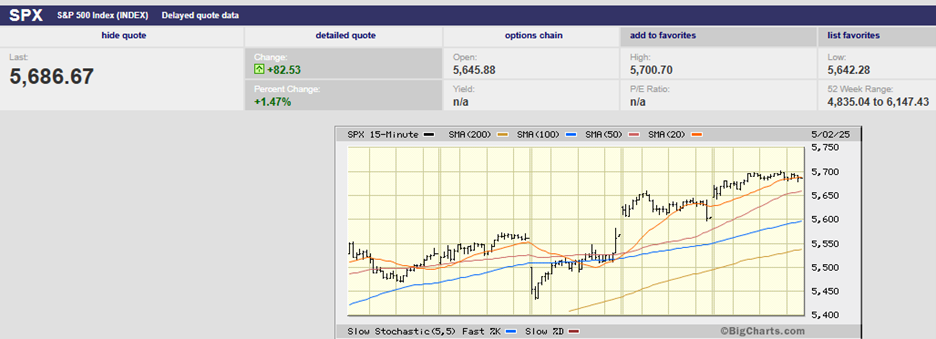
A recent study by Fidelity estimates that a typical couple retiring in their mid-60s will spend $275,000 on health care in retirement.
Let that sink in for a moment, and then ask yourself if you’re prepared to spend the approximately $13,750 annually from guaranteed income sources (pension and social security), as well as your investment portfolio, to cover the bills as they come due. We often get blank stares from people when we bring up healthcare costs in retirement. It isn’t at all uncommon for a husband and wife to lock eyes when we mention the cost of Medicare. It is all too often an “oh sh...” moment for folks.
Is it sinking in yet? $275,000 over a 20-year retirement: how could that possibly be? Well, first there is the Part B premium, which covers medical services. Part B is paid for out of Social Security, once you turn Social Security on. The premium isn’t inflation adjusted, which means your Social Security check shrinks on a real basis as the premium rises year after year. Unfortunately, medical costs are still rising more rapidly than overall inflation. The BLS has medical costs rising by 85.53% from 2000 to 2018, or about 3.5% annually. Part B for a couple earning less than $170,000 MAGI (most of us in retirement) will run approximately $1,608 annually.
Medicare is an 80/20 co-pay with no annual out-of-pocket. If you have quadruple bypass surgery - costing on average $117,000 for a heart bypass and on average $164,000 for a heart valve replacement – you pick up 20% of the cost, or anywhere from $23,400 to $32,800. Fortunately, there are supplemental plans, also known as Medigap plans, that will cover the co-pays, as well as many of the other out-of-pocket expenses associated with Medicare (deductibles and health care outside of the U.S. for instance). The Medigap plans (Medicare Supplemental) will run around $4,000 annually for a couple.
Medicare Part D is for prescription drug coverage and will cost you some $1,400 annually for a couple. The Part D coverage was intended to reduce spending on prescription drugs. It did achieve the intended effect, but much more so for the lowest quintile based on income than for higher-income Medicare participants.
The last piece of the medical care spending pie is out of pocket – costs that are in addition to everything else you’ve paid so far for healthcare. Out-of-pocket will run around $3,800 annual for a couple.
And there you have it: Medicare and its costs are approximately $275,000 over a typical 20-year retirement. You need to plan for it as you plan for retirement.
